| Sorted by date | |||
page200from Nordic Architects Writes
writes, one’s most immediate audience is
not one’s own contemporaries, let alone posterity, but one’s predecessors.”32 “No
real writer ever wanted to be contemporary”, Jorge Luis Borges argues in the
same vain.33 This view opens another essential perspective on the significance
and role of remembrance; all creative work is collaboration with the past and
with the wisdom of tradition. “Every true novelist listens for that
suprapersonal wisdom [the wisdom of the novel], which explains why great novels
are always a little more intelligent than their authors. Novelists who are more
intelligent than their books should go into another line work”, Milan Kundera
argues.34 The same observation is equally true of architecture; great buildings
are fruits of the wisdom of architecture, they are products of a collaboration,
often unconscious, with our great predecessors as much as they are works of
their individual creators. Only works that are in vital and respectful dialogue
with their past possess the mental capacity to survive time and stimulate
viewers, listeners, readers, and occupants in the future.
|
|||
|
|||
|
|
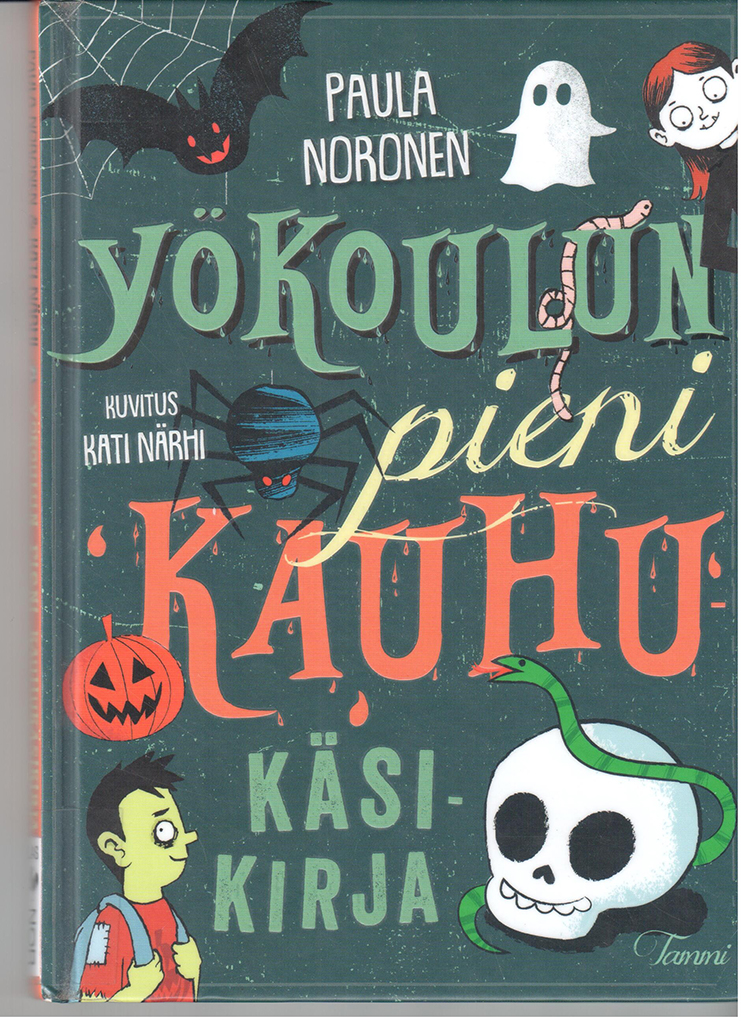 ... ...
... ... ... ...
... ... ... ...
... ...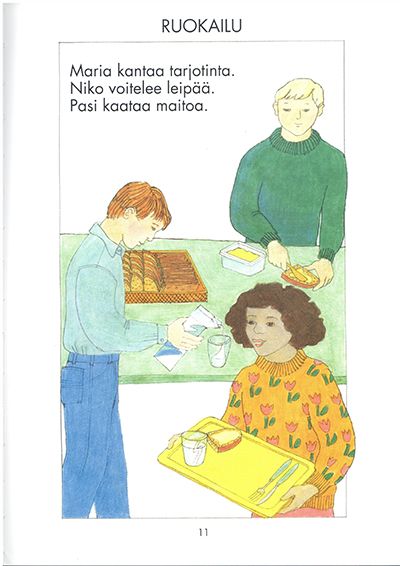 ... ...
... ...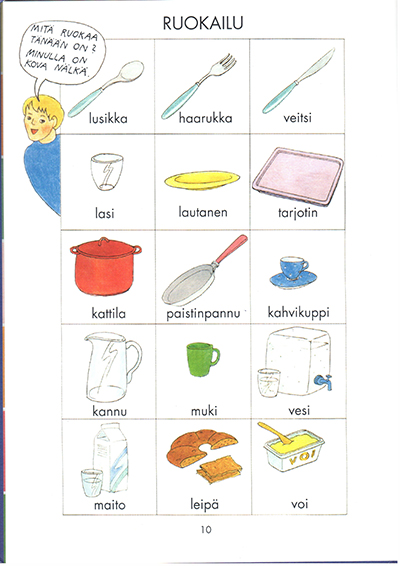 ... ...
... ... ... ...
... ...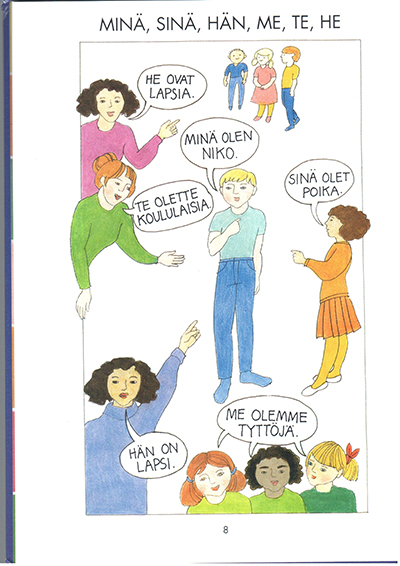 ... ...
... ...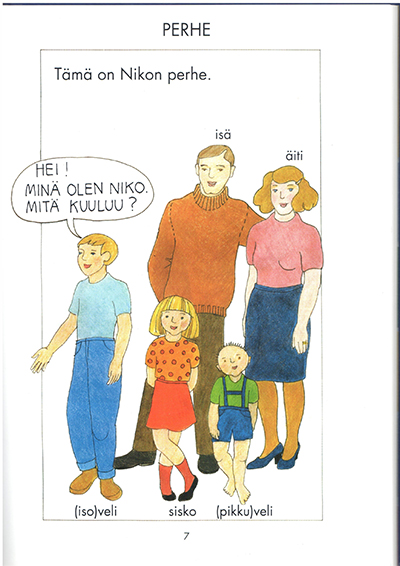 ... ...
... ... ... ...
... ...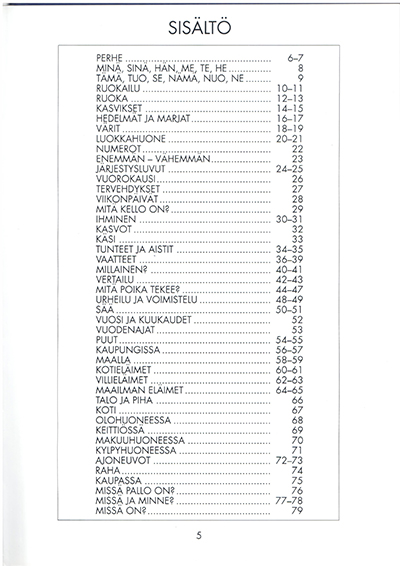 ... ...
... ... ... ...
... ... ... ...
... ...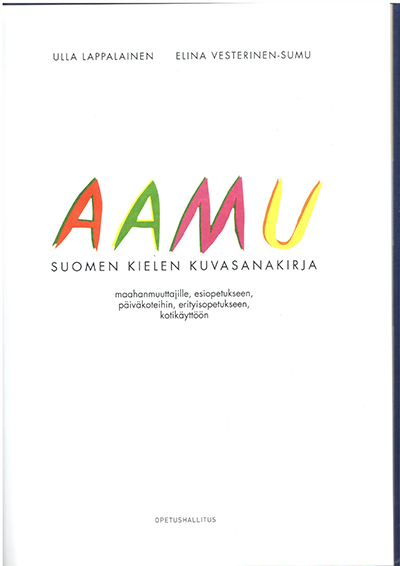 ... ...
... ...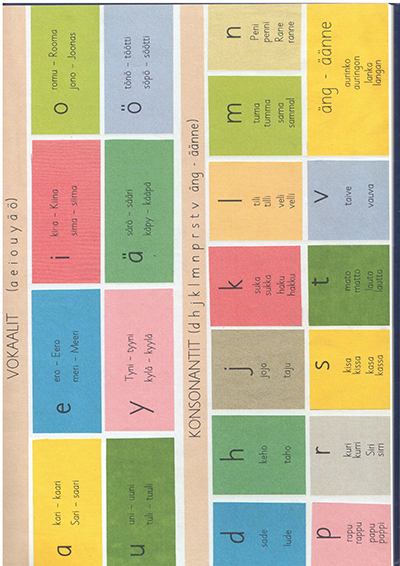 ... ...
... ...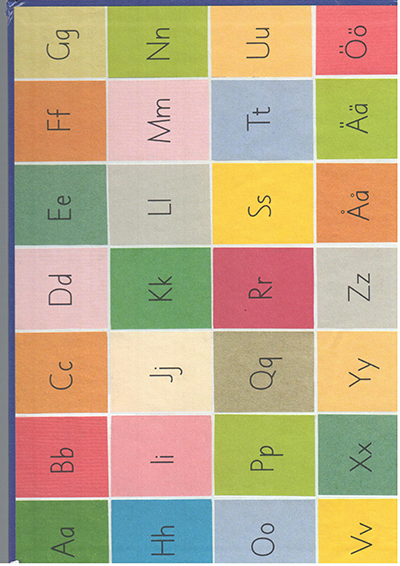 ... ...
... ...